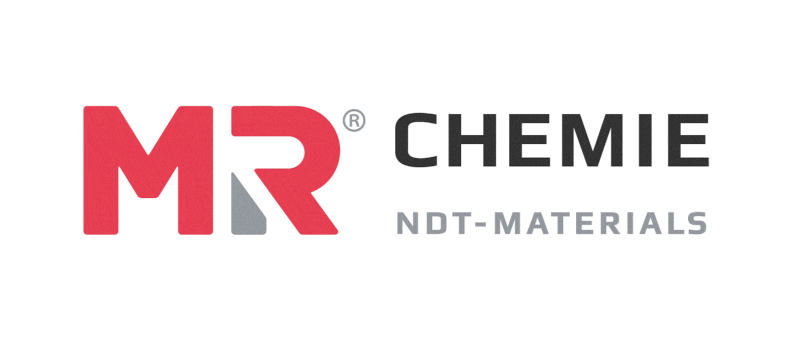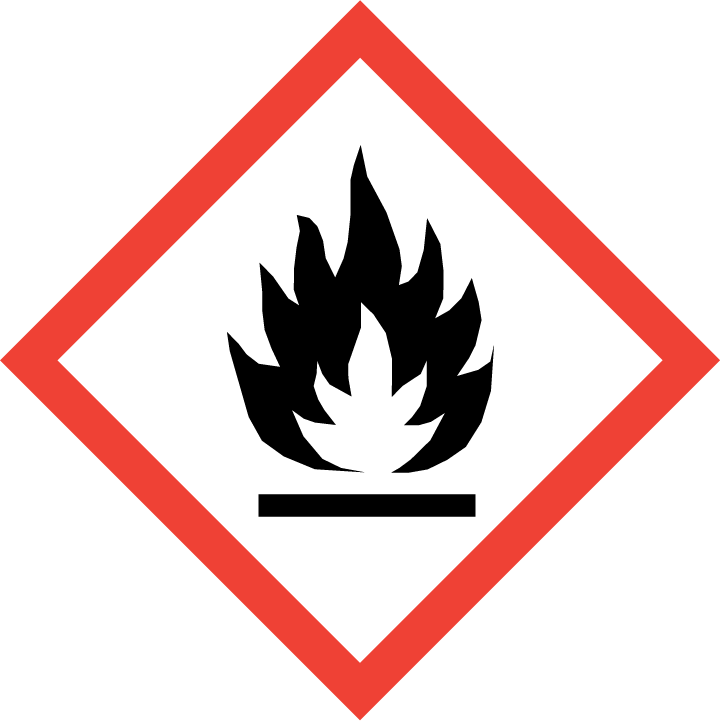

MR®672F is a oil-free, glycol based solvent & water removable, fluorescent penetrant with a sensitivity Level 2. It exhibits outstanding penetrating characteristics which provide maximum reliability in locating surface open flaws and discontinuities. is one of the most versatile fluorescent penetrants and can be used for a wide range of applications and test parts to find different types of defects, including cracks, seams, laps, cold shuts, laminations and porosity. It has excellent alloy compatibility and is safe to use on most engineering and aerospace materials, including aluminium, steel, nickel and titanium.
| SKU | Pack Size | Case Size |
|---|---|---|
| 2511-0001 | Aerosol 400ml | 10 |
| 2511-0164 | Bulk 1L | 6 |
| 2511-0066 | Bulk 5L | – |
| 2511-0058 | Bulk 205L | – |
| Properties |
Appearance – yellow liquid Chemical Composition – mixture of emulsifiers; surfactants and dye Basis – oil-free; glycol based Odour – characteristic |
| Approvals | ASME Code V; Art. 6 EN ISO 3452-2 ASME NPCIL |
| Recommended Usage | NDT Method – Dye Penetrant Testing Type – I Method – A / C / E Sensitivity – Level 2 Compatibility – MR70 MR81T-R Area Coverage ~ 19 sq m (1 L) Usage Temperature – 14°F to 131°F / -10 °C to +55 °C Storage Temperature – 41°F to 113°F / +5 °C to +45 °C |
| Reference Test Blocks | Reference test block type 1 (Ni-Cr panel – 10µm) Reference test block type 2 (5-star panel) TAM Test block |
Penetrants in NDT work by taking advantage of the capillary action principle, which is the ability of a liquid to flow into narrow spaces without the assistance of, or even in opposition to, external forces like gravity.
The penetrant used in NDT is a liquid that is applied to the surface of the material being inspected and allowed to seep into surface-breaking defects, such as cracks or porosity. After a certain amount of time, the excess penetrant is wiped off the surface, leaving only the penetrant that has seeped into the defects. A developer is then applied to the surface, which draws the trapped penetrant out of the defects, making them visible to the naked eye. The developer also amplifies the penetrant's fluorescence, making the defects visible under UV light.
The penetrant works by using a combination of capillary action, surface tension, and viscosity to penetrate the surface-breaking defects. The penetrant liquid contains a dye or fluorescent material that allows the defects to be seen under white or UV light, respectively.
| Bulk | Aerosol |
|---|---|
 |
  |